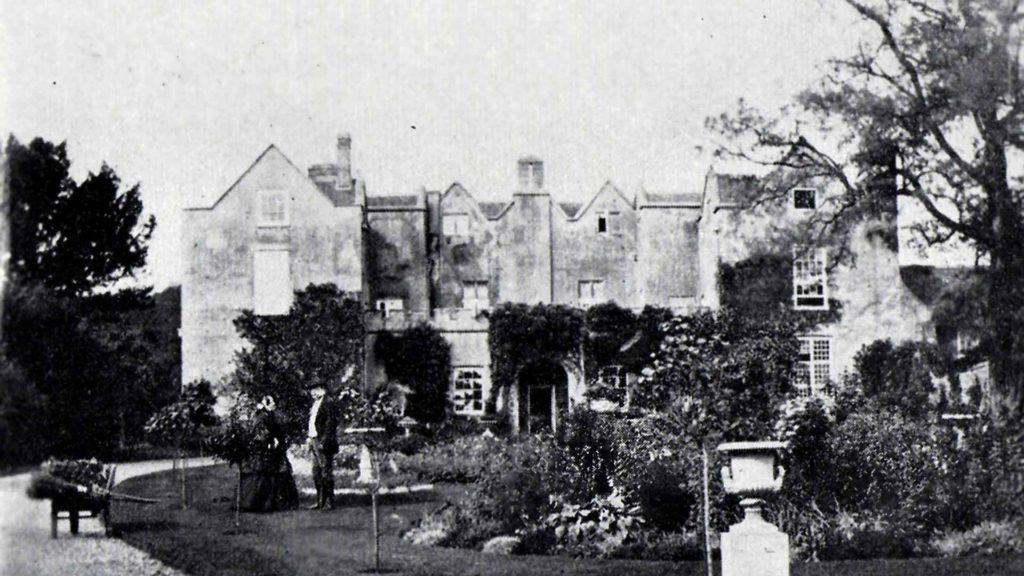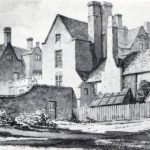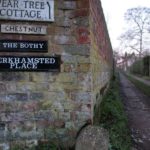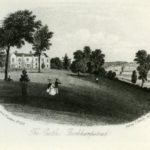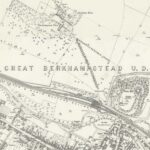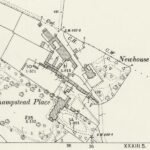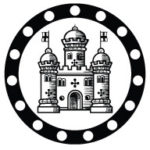Berkhamsted Place
It is well known that Berkhamsted Castle was attacked by trebuchets when it was besieged by French invaders in 1216. Many people assume that this was the reason that the Castle stands in ruins today, but this is not the case. The Castle was renovated several times in the years that followed. The destruction of Berkhamsted Castle was not caused by invading enemies but by an English nobleman with an eye for property development.
Sir Edward Carey was the keeper of Queen Elizabeth I’s jewels. The Queen granted to him the lease of the Berkhamsted Castle ruins for the nominal rent of one red rose a year.
Carey did not live at the castle, but instead built for himself a new mansion called Berkhamsted Place at the top of a neighbouring hill. To construct the house he plundered the castle ruins for flints and faced stone.
The house was passed down through the Carey family, including Henry Cary, 1st Viscount Falkland. In 1612, Berkhamsted Place was bought by Henry Frederick, Prince of Wales for the sum of £4000. Henry, who died later that year, passed the house to his brother, Prince Charles, Duke of Cornwall (the future King Charles I). Charles leased the property to his tutor Thomas Murray, and Mary Murray, who had been his nurse. The young Prince Charles paid a visit to the Murrays on 14 August 1616, when they spent an afternoon hunting in the estate.
During the English Civil War, the Murrays’ daughter, Ann Murray was involved in a Royalist plot to protect the young Duke of York (the future King James II). After King Charles was executed in 1648, Ann, fearing for her life, fled from Berkhamsted Place. The house was seized by Lieutenant Colonel Daniel Axtell, a Berkhamsted-born soldier in Cromwell’s Army. After the Restoration of the monarchy, Axtell was executed and Ann Murray was honoured for her loyalty to the Crown.
Ann’s brothers James and John Murray were also caught up in the events of the Civil War. A memorial in St Peter’s Church commemorates the brothers, “youths of the most winning disposition who lived and died at Berkhamsted Place”.
In the 1660s, the house was ravaged by fire and partially rebuilt by John Sayer, a wealthy local man who was Chief Cook to King Charles II.
The lease was eventually bought from the Duchy of Cornwall by Earl Brownlow in 1864. The house was converted into flats in the 1950s, and for a time, the surviving 17th-Century wing housed the studio of the sculptor Reg Butler.
Berkhamsted Place was demolished in 1967 and today the site is occupied by private cottages and a farm.

